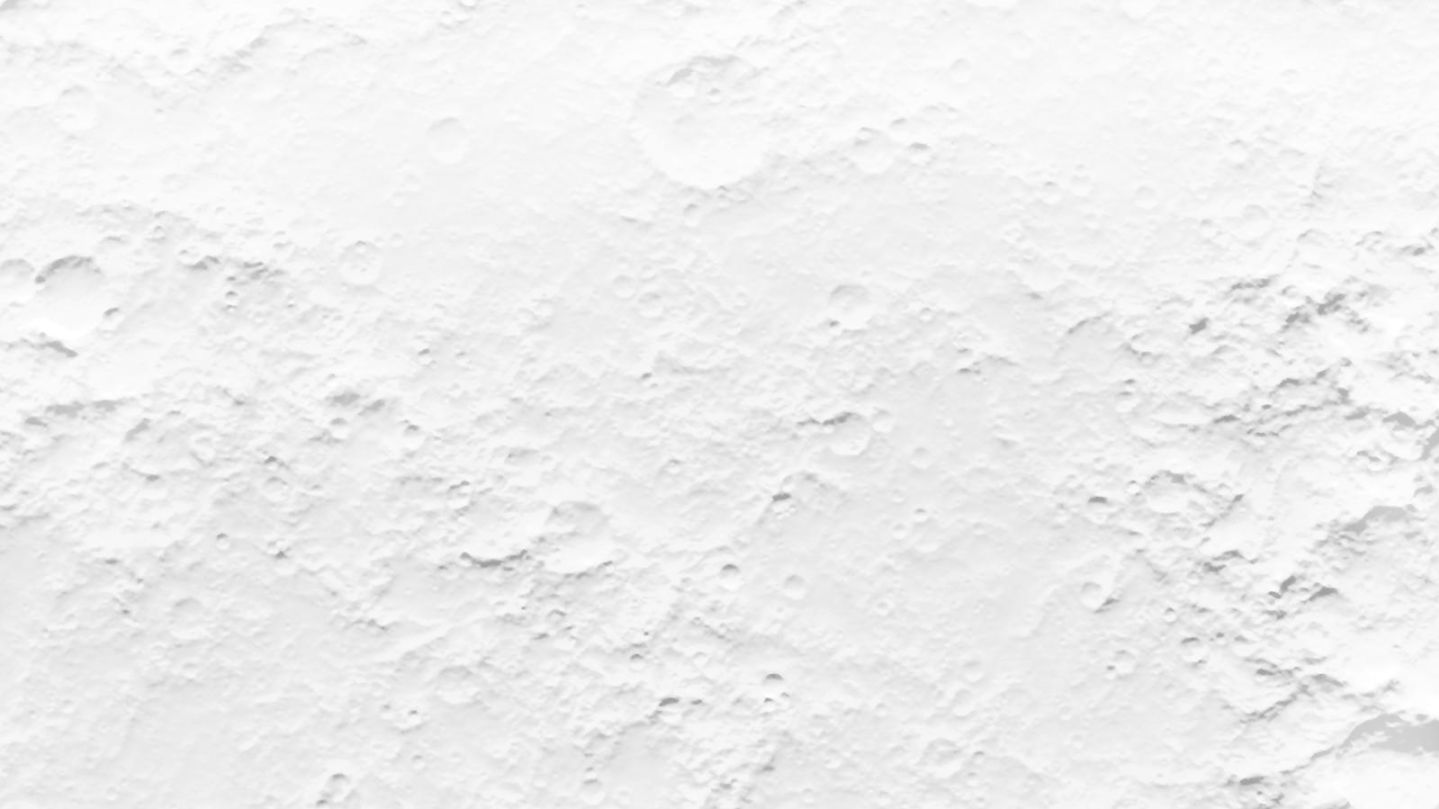A fireball bright enough to rival the moon lit up the skies over southern Ontario and Quebec early Wednesday morning at 2:44 a.m. ET. All ten cameras in Western University’s All-Sky Camera Network, which collaborates with NASA’s Meteoroid Environment Office, captured the view.
Cameras as distant as Montreal also recorded the bright flash.
Steven Ehlert at NASA’s Meteroid Office, believes that any meteorite fragments from the fireball likely landed on the ground close to Bancroft, Ontario.
“This fireball likely dropped a small number of meteorites in the Bancroft area, specifically near the small town of Cardiff. We suspect meteorites made it to the ground because the fireball ended very low in the atmosphere just to the west of Bancroft and slowed down significantly. This is a good indicator that material survived,” said Western University astronomy professor Peter Brown.
Brown confirmed this was not in any way connected to the asteroids that passed close by Earth on Wednesday, because they had different orbits.
The researchers want to speak with people in the area where the material fell in case they found anything or heard any unusual sounds.
They believe the fireball first came into view over Lake Ontario, 57 miles above the ground. Its trajectory took the fireball over Clarington and Peterborough before it released several flares, dimmed and extinguished west of Bancroft.
The meteroid that served as the source of the fireball was about the size of a beachball and probably scattered small fragments.
“Meteorites are of great interest to researchers as studying them helps us to understand the formation and evolution of the solar system,” Brown said.
Meteorites are dark and often scalloped, feeling heavier than a normal rock. They’re also attracted to magnets because of their magnet content. If found, it’s best to place them in foil or a plastic bag, and handle them very little to preserve their integrity.
In Canada, meteorites belong to the owner of the land where they fell.
Western University asks that people who find rocks that may be from the fireball event contact Kim Tait at the Royal Ontario Museum.








